Knitting is a great way to spend your time. There are many ways to do knitting, and each has its benefits. The most basic way to do tension knitting is to wrap the yarn around a several times and then pass the end of the yarn through the first few loops on the project.
This can be done in multiple ways, so do some slow, easy ones and learn one more new method!
Tension knitting is one of those projects that you can get hooked on. The challenge is getting started, but don’t let that keep you from learning how to do it! Start with a easy project and work your way up. Once you start showing off your new skill set, everyone will ask you how to do it!
How to do tension knitting: Begin by choosing your project. If you are starting out, choose a quick project that does not take too long to complete. Then, wrap the yarn around several times until it comes back down through the same number of loops on the project. This means that when you pull on the yarn, it will draw out some of its length (more). Now pass the end of the yarn through the first few loops on your project.
Knit the rest of the row loosely
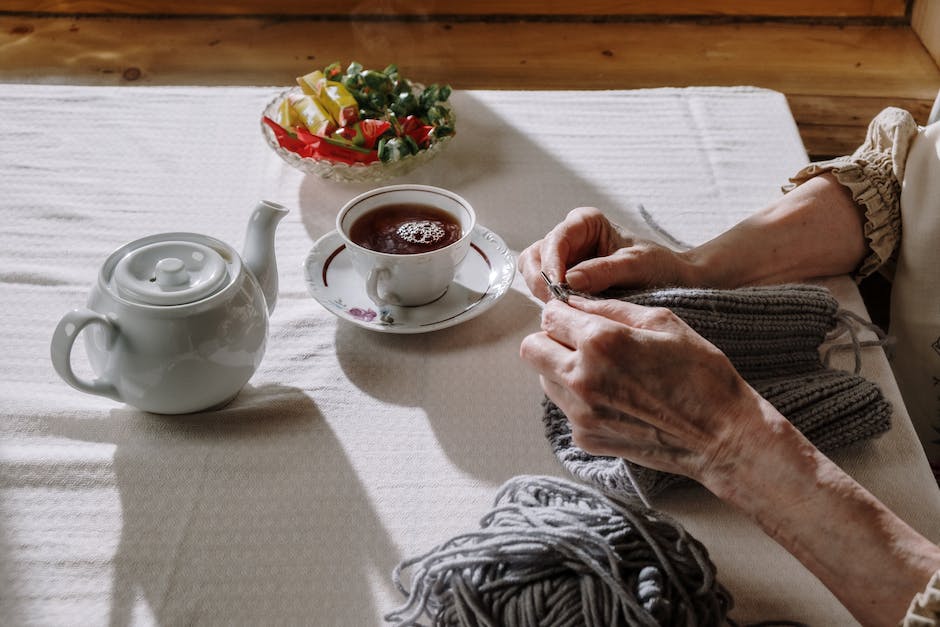
When ending a row, leave a little extra yarn to let the row knitted down through the next row come through. This creates some nice tension in the knitting and helps prevent your sweater from being too smooth at the underarm.
Use a smaller needle for the first row

When beginning to knit, try using a smaller needle for the first row. This can be as small as an 8-inch needle or smaller.
When beginning to knit, use a small needle for the first row. This can be as small as an 8-inch needle or smaller.
Use double-pointed needles if possible Using cable needles or stretchable needles, use the ones that are the most flexible.
Use a larger needle for the rest of the row
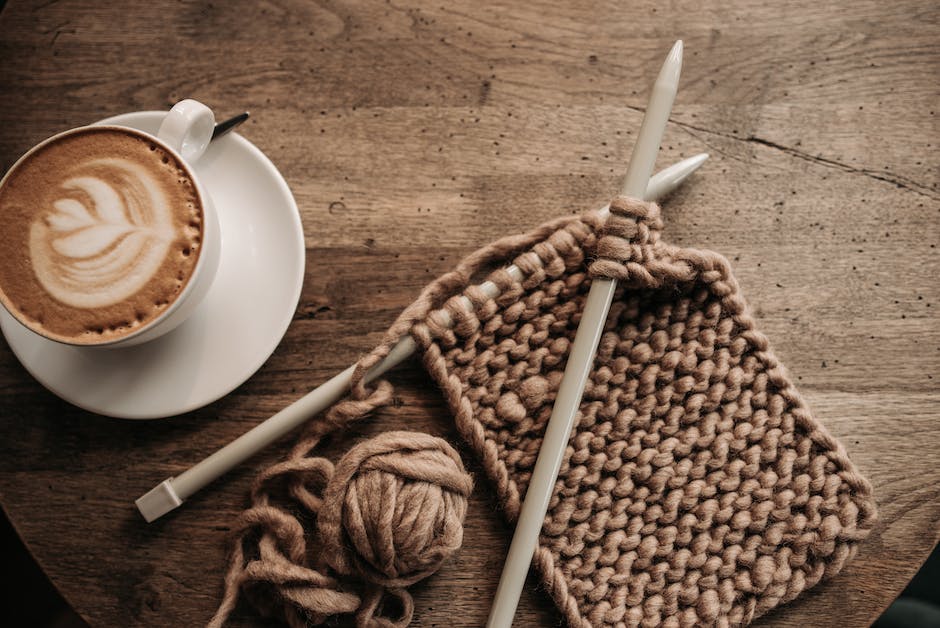
When working tensioned knitting, you need to use a different size needle for the next row of knitted stitches.
The standard size needle used in knitting is the 32-32-32-inch or US 5½ to 6 to 7 to 8 to 10. To use the larger size needle for the last few inches of every row, hold it parallel to the top of the knitted fabric and slide a stitch onto the back of the needle. Then, pull the excess yarn through and turn your work so another stitch is onthe front.
This time, wraptheneedlearoundthebackoftheknitterandslideastitchontopofthebackoftheneedle.Thenpullthi e_excessyarnthrough andturnyourwork_somente •To begin working tensioning on the next row,holditparalleltothe_ top_of_ _ _ _ _ | | | | \/ \| / __| /\| /\| /\| /\| /|/ \/ •>•>endoftext (Sorry if this is long-winded! This subject took me quite a while to explain.) •>endoftext •>
Knit using a lighter yarn

Try using a heavier yarn for your project instead. This can be useful if you need to save space in your knitting bag. You can also use two different weights of yarn for contrast and/or texture.
Many people start kniting with a heavy wool, sometimes double-knitted, in their first project. This can be helpful to develop your hand and finger muscles. Having the ability to control how thick and long your knitted piece is right away helps promote interest in knitting, especially since most people start out with short pieces due to budget or length of Knit (or Purl) Time.
Others try soft Merino or woolen millsilk in their first project. These may be less durable but more easy to learn on because of the glide of the needles on the material.
Knit using a heavier yarn
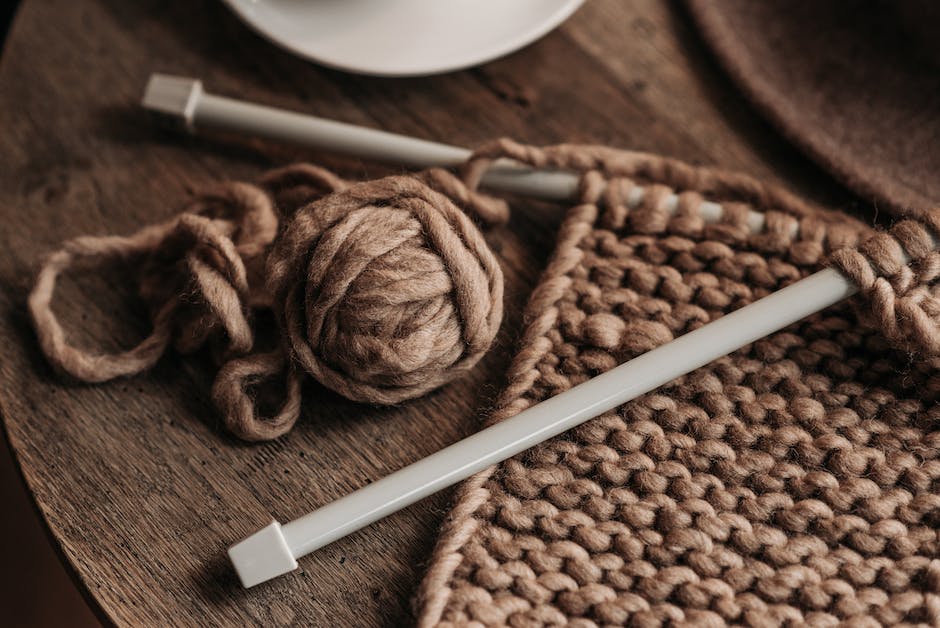
If you are using a lighter yarn for your tension knitting, you may have to increase or decrease the amount of yarn used to create your tension.
Increases increase the number of stitches in one row or column. This can be done by cutting out some of the required numbers of rows or columns in your tensioning chart.
Reduces the number of rows or columns in your tensioning chart. This can be done by doubling or tripling the amount of yarn used to create your tension.
Either way, when doing a row or two of knitting, you will begin with an unbalanced amount of yarns and need to correct this.
● Increase the amount of yarn by cutting out more strands (using a needle-down method) || Reduce the amount of yarn by doubling or tripling the length (using a needle-up method).
Try using different techniques when tension knitting

When you are ready to start knitting, the first step is to try some different ways to tension your project. There are many ways to tension a knitted piece, and some are better than others.
One way that some successful tension knitters use is called the slip-knot method. This means that you start your project with a loose wrap of yarn, but then when you want to continue the project, you wind up wrapping the yarn more tightly. This prevents the beginning knitter from looking at the beginning of their project and thinking, “What was that? I’m done with that!”
Another way to try out different tensions is to do one-at-a-time starts. You can use magic loop or two-bliss cast on methods for this. Try out each one and see what works for you!
\|ofof|\|ofof|\|ofof|\textleft\cheap { width: 100% } \textbf{ |submap|} \small { text } \submap { How to Tension Knitting |text| } \submap { Try Using These Methods When You Want To Start Knitting}
Try any of these methods out before you decide which one is best for your piece.
Watch video tutorials on tension knitting
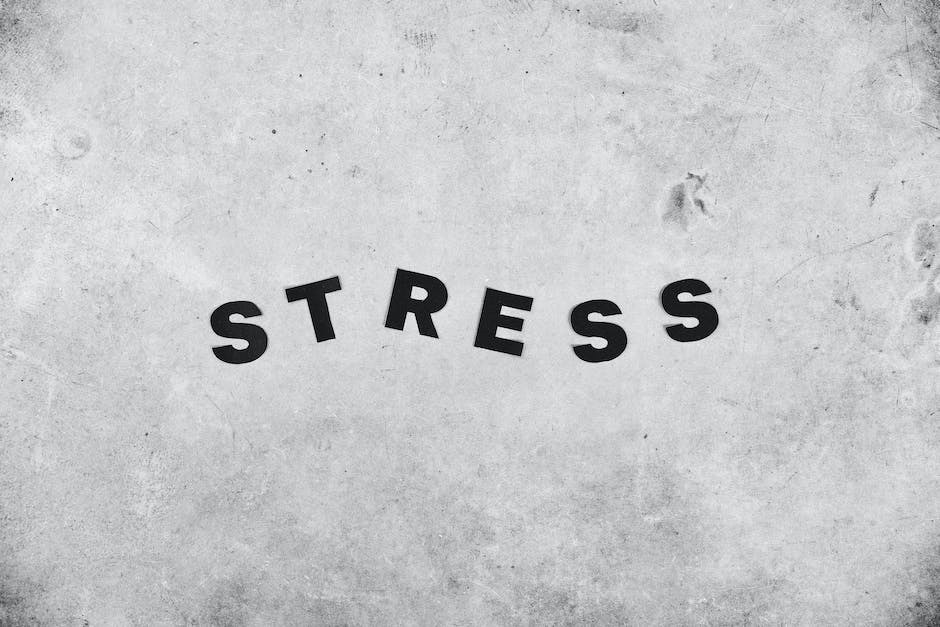
A very important part of tension knitting is to watch video tutorials on how to do it. There are many internet sources and youtube videos that can teach you how to do it!
Why is watching video tutorials important?
Because the best tension knitters spend a lot of time watching other people’s projects as inspiration. They know what works and what does not work before they try it themselves, and thus give themselves the best chance of a quality project.
Many famous tension knitters have created instructional videos for their projects. You can find their Youtube accounts under the heading “project management”, or by searching for “projects managed”. Many will give tips and tricks for how to do different parts of their projects, making your project more valuable as an entire unit.
Learn how to read charts for tension knitting patterns
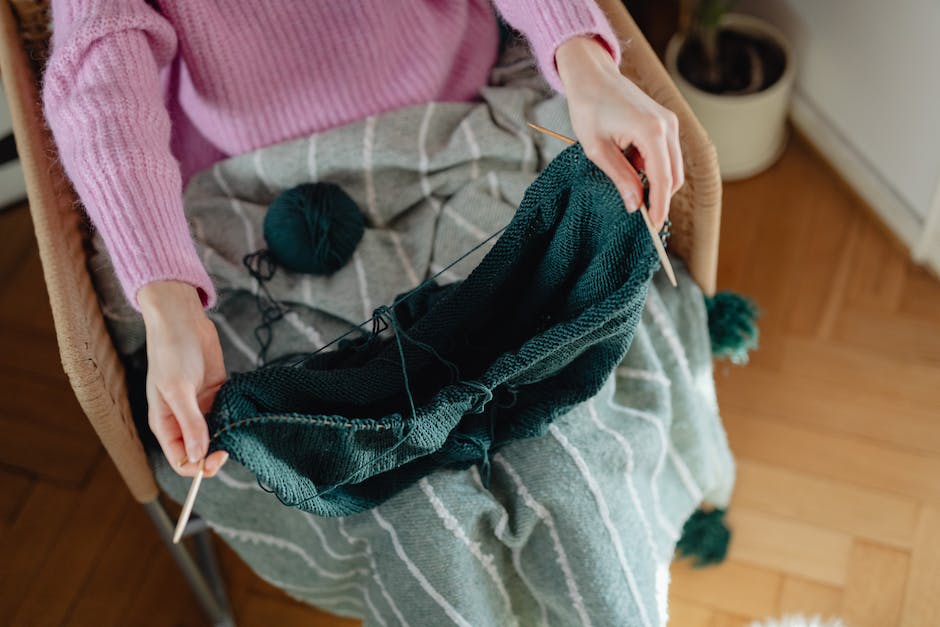
When beginning to read tension knitting patterns, first determine what scale of tension you want to use. Most patterns call for a size K or 1⁄2 kN (kiln-undefined) needle, which is about a half inch in diameter.
This is the standard size needed to knit a seamless eyelet oruntied shoulder. These require less tension than most patterns that use larger needles such as the double set of needles (see article below).
Many times, tensions are given as an end value, such as 12 stitches per inch (sip). This means that the end value of the piece will be 12 stitches knitted on each row.











